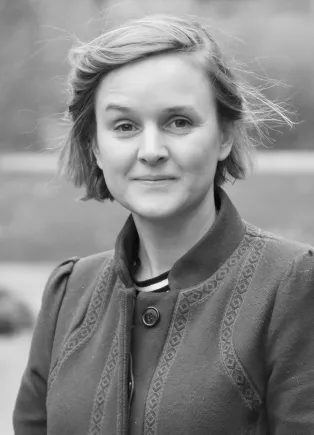Has Visual International Relations (IR) become too distant from the content of visual artefacts?
This is a paradoxical question. Visual IR is a vibrant and pluralist field exploring visuals in innumerable ways. Nonetheless, the field tends to focus on ‘deep’ readings of the socio-political implications of visual artefacts at the expense of a close and attentive observation and description of the events, situations, or phenomena they may depict.
Simply put, visual IR usually analyses visuals-as-visuals rather than seeing them as entry points for studying the social world.
- But might a video of torture teach us something about the practicality of torture?
- Might a video of peace negotiations teach us something about their successes or failures?
- Can we gain a fleeting glimpse of ‘reality’ within visuals?
We address these questions by first situating our focus on close ‘visual (data) observation’ in conceptual conversation with the literature’s existing focus on deep interpretation.
Second, we outline three approaches to visual observation as they are deployed outside IR.
Third, we unpack how those approaches might be of value for IR, especially vis-à-vis the study of practice, materiality, and discourse. Finally, we conclude by asking if visual data observation can retain critical political potentiality.


